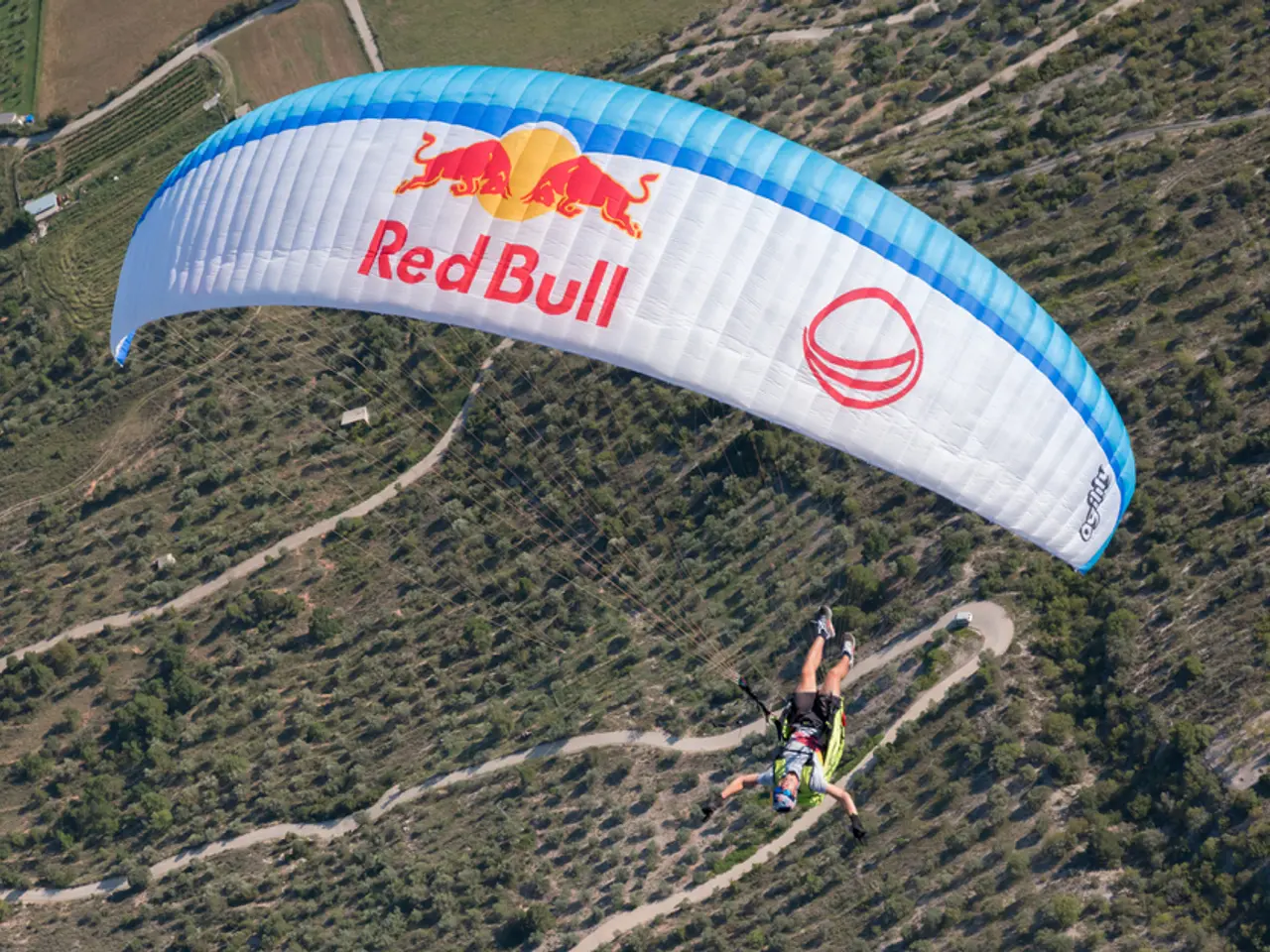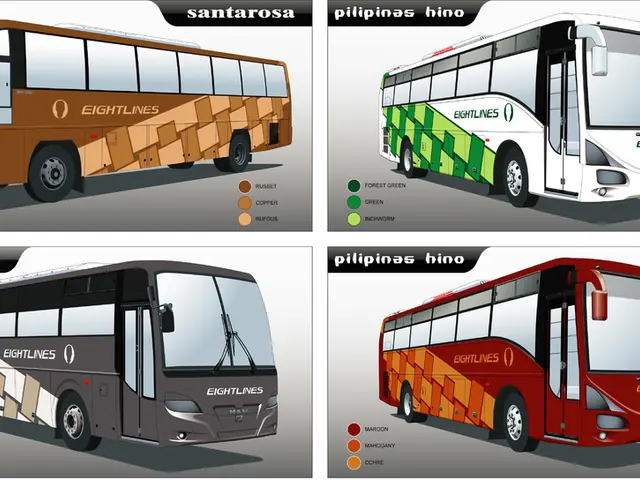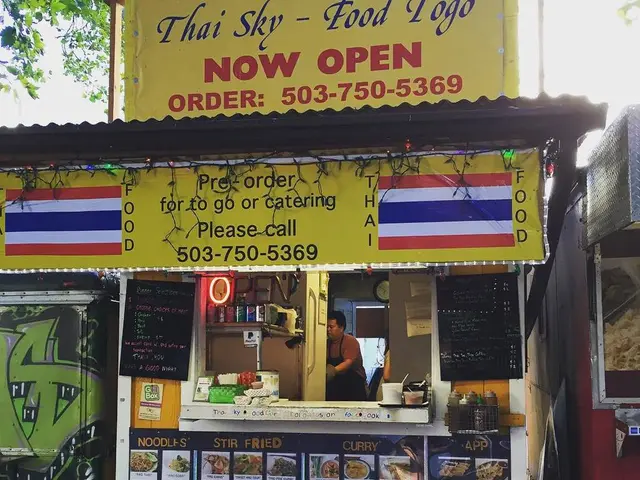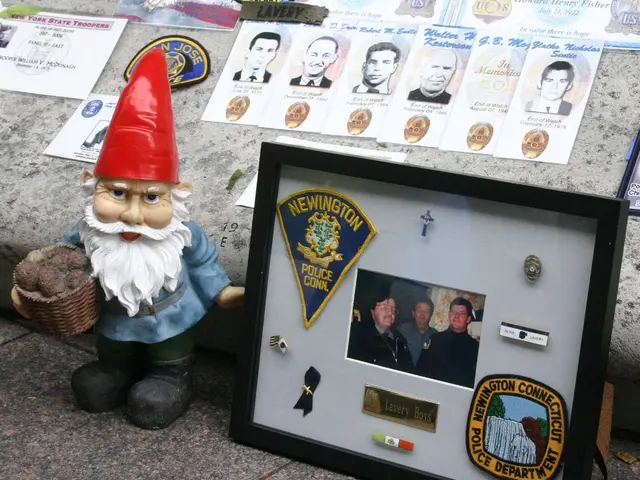Skydiving Lessons: Essential Information to Understand
Skydiving, an exhilarating and life-changing experience, offers more than just a thrilling freefall. For those who wish to take their skydiving journey to the next level, there are various licenses to earn that cater to different skill levels.
The United States Parachute Association (USPA) issues four licenses: A, B, C, and D. The AFF ground school, offered at USPA-affiliated skydiving schools, is the starting point for many aspiring skydivers. This six to eight-hour course delves into the fundamentals, including canopy control, freefall body positioning, emergency procedures, and the use of key equipment like altimeters and parachutes.
The AFF classes also involve hands-on practice, such as body positioning drills, parachute control, and mock exits. These exercises might feel strange at first but they help build muscle memory, ensuring that the movements feel natural in the air and, more importantly, in emergencies.
Accelerated Freefall (AFF) is the fastest and most cost-effective way to earn a USPA A license for solo skydiving. Upon completing the ground school, students can progress to supervised jumps, gradually moving towards their first solo jump.
Tandem skydiving, a popular choice for first-time jumpers, offers a pre-jump briefing and hands-on experience without significant time and resource commitments. During a tandem jump, an experienced instructor handles the technical aspects, such as deploying and landing the parachute.
For those who have earned their A license, the journey continues with the B license. This advanced training includes training in advanced canopy control, night jumps, and water landing techniques. To earn a B license, one must complete all requirements for the A license, complete 50 jumps in total, perform 10 formation skydives involving at least 3 participants, provide documentation of live water landing training, complete all of the requirements listed on the USPA Canopy Piloting Proficiency Card, and pass the written USPA B license exam.
The C license signifies mastery of skydiving techniques, including more complex canopy maneuvers and group formations. To earn a C license, one must complete all requirements for the B license, complete 200 jumps, land within 7 feet of target center on 25 jumps, perform 50 formation jumps, 10 of which involve at least 4 participants, and pass the USPA C license written exam.
Indoor skydiving training in a vertical wind tunnel can help students build freefall skills, refine body positioning, and gain confidence before doing outdoor jumps. Indoor skydiving does not allow for the practice of parachute flying skills, but it can help students gain experience in flying stably while trying to grab their pilot chute or performing emergency procedure handle touches.
The D license is reserved for highly experienced jumpers with at least 500 jumps. It unlocks opportunities to participate in advanced disciplines like BASE jumping and large-scale formations. To earn a D license, one must complete all requirements for the C license, complete at least 2 of the following skills: night jump, land within 7 feet of target center on 100 jumps, participate in a canopy formation of a 3-stack or larger, complete an intentional water jump, perform 100 formation skydives, at least 25 involving at least 8 participants, and pass the written USPA D license exam.
Skydiving classes provide the foundation for skydiving, teaching understanding, building confidence, and covering risk mitigation and necessary information for responsible jumping. Skydiving schools offer various methods to earn education, including tandem skydiving, Accelerated Freefall (AFF), Static Line training, Instructor Assisted Deployment (IAD), and indoor skydiving.
Earning your A license can cost around $5,000, as compared to a tandem skydive which costs around $300. For those ready to embark on this thrilling adventure, skydiving classes at Skydive Orange, where the USPA developed the master curriculum for skydiving classes, are designed to ensure every student feels confident and prepared before taking to the skies.







